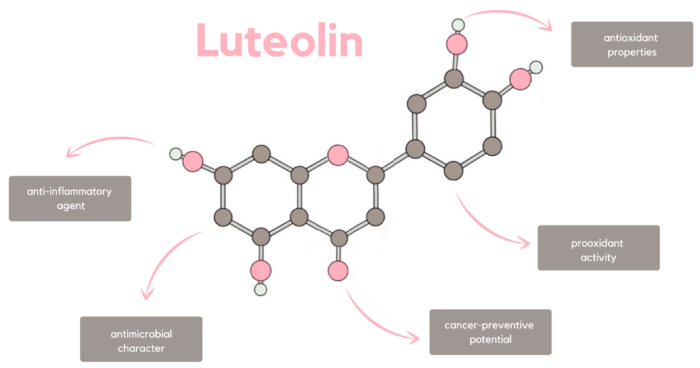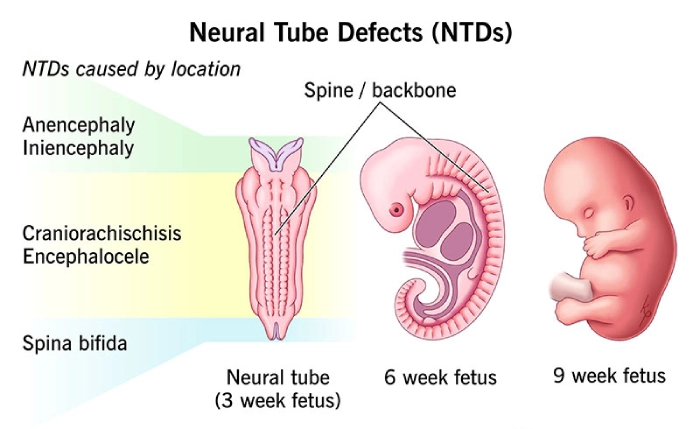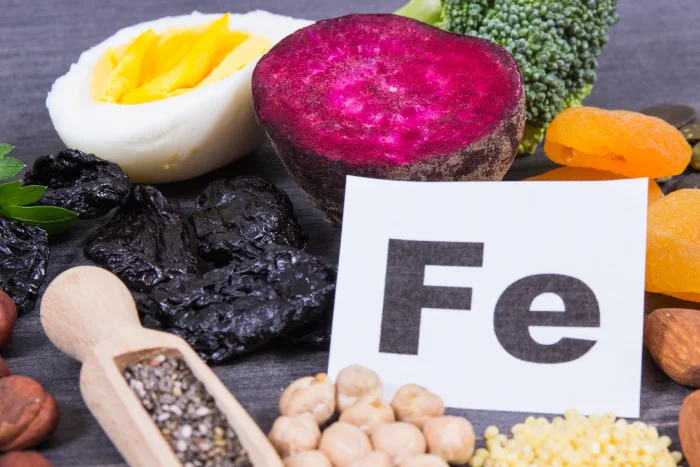Luteolin’s Potential in Preventing Hair Graying
Graying hair is often seen as an inevitable part of aging, but recent research from Nagoya University in Japan, led by Masashi Kato and Takumi Kagawa, suggests that an antioxidant called luteolin might suppress this process. Found in vegetables such as celery, broccoli, carrots, onions, and peppers, luteolin has shown promising anti-graying effects in mice bred to mimic human hair graying. This discovery opens the door to potential applications in human hair care, offering hope for those seeking to maintain their natural hair color as they age.
The Study: Luteolin’s Unique Anti-Graying Effects
The research team focused on three antioxidants—luteolin, hesperetin, and diosmetin—to evaluate their anti-graying effects in mice. The results were striking: mice treated with luteolin retained their black fur, while their untreated counterparts turned gray. This effect was observed regardless of whether luteolin was administered externally or internally.
Professor Kato expressed surprise at the findings: “While we expected that antioxidants might have anti-graying effects, only luteolin demonstrated significant results. This suggests that luteolin has a unique medicinal property that prevents graying.”
How Luteolin Works: Targeting Endothelins
Luteolin’s anti-graying effects are closely tied to its influence on endothelins, proteins that play a critical role in cellular communication. The study found that luteolin treatments preserved the expression of endothelins and their receptors, supporting healthy signaling pathways. This preservation helps prevent the decline in melanocyte activity, which is responsible for hair pigmentation and typically diminishes with age.
Professor Kato noted, “Luteolin had limited effects on hair cycles, indicating that its primary impact is on pigmentation rather than hair growth or shedding. This targeted action makes it a particularly intriguing candidate for addressing age-related hair graying.”
From Mice to Humans: Translating the Findings
The similarities between the hair graying processes in the model mice and humans suggest that luteolin could be a viable candidate for human applications. Already available as a supplement for both topical and oral use, luteolin is well-positioned for further development as an anti-graying treatment. As research progresses, this antioxidant could become a key ingredient in hair care products, helping individuals maintain their natural hair color as they age.
Broader Implications: Luteolin and Anti-Aging Research
Dr. Kagawa envisions broader applications for luteolin beyond hair graying. “It would be interesting to investigate whether luteolin’s anti-aging effects could also apply to other age-related changes, such as balding,” he said. This opens up exciting possibilities for luteolin in the broader field of anti-aging research.
Commentary by SuppBase columnist Alice Winters
The study from Nagoya University presents a compelling case for luteolin as a potential game-changer in the fight against age-related hair graying. The findings are particularly noteworthy because they highlight luteolin’s unique ability to preserve melanocyte activity through its influence on endothelins, a mechanism that sets it apart from other antioxidants like hesperetin and diosmetin.

Ingredient Analysis: Why Luteolin Stands Out
Luteolin is a flavonoid, a class of compounds known for their antioxidant and anti-inflammatory properties. What makes luteolin unique in this context is its specific action on endothelins, which are crucial for maintaining the health and function of melanocytes. By preserving these signaling pathways, luteolin addresses the root cause of graying hair rather than merely masking the symptoms.
Formulation and Efficacy: A Targeted Approach
One of the most intriguing aspects of this research is luteolin’s targeted action on pigmentation without significantly affecting hair growth or shedding cycles. This specificity makes it an ideal candidate for inclusion in hair care formulations, as it minimizes the risk of unintended side effects. Moreover, luteolin’s availability as both a topical and oral supplement enhances its versatility and accessibility for consumers.
Market Potential and Consumer Appeal
The anti-aging market is booming, with consumers increasingly seeking natural and science-backed solutions to age-related concerns. Luteolin’s natural origin in common vegetables adds to its appeal, as it aligns with the growing demand for plant-based and clean-label products. If further research confirms its efficacy in humans, luteolin could become a staple ingredient in anti-graying hair care products, offering a non-invasive and natural alternative to dyes and chemical treatments.
Safety and Dosage Considerations
While the study’s results are promising, it is essential to consider safety and dosage in future research. Luteolin is generally recognized as safe, but its long-term effects and optimal dosage for anti-graying purposes remain to be determined. Additionally, potential interactions with other supplements or medications should be explored to ensure consumer safety.
Environmental and Ethical Impact
Luteolin’s natural sourcing from vegetables also raises questions about sustainability and environmental impact. As demand for luteolin-based products grows, it will be crucial to ensure that its production does not contribute to deforestation or other ecological harms. Ethical sourcing and sustainable farming practices should be prioritized to align with consumer values and environmental responsibility.
Conclusion: A Promising Step Forward
The Nagoya University study represents a significant step forward in understanding the mechanisms behind hair graying and identifying potential solutions. Luteolin’s unique properties and targeted action make it a standout candidate for further development in the anti-aging and hair care industries. As research progresses, it will be fascinating to see how this antioxidant evolves from a promising finding in mice to a practical solution for humans seeking to preserve their natural hair color.
In the meantime, consumers can explore luteolin-rich foods like celery, broccoli, and peppers as part of a balanced diet, potentially reaping not only anti-graying benefits but also the broader health advantages associated with these nutrient-dense vegetables.



